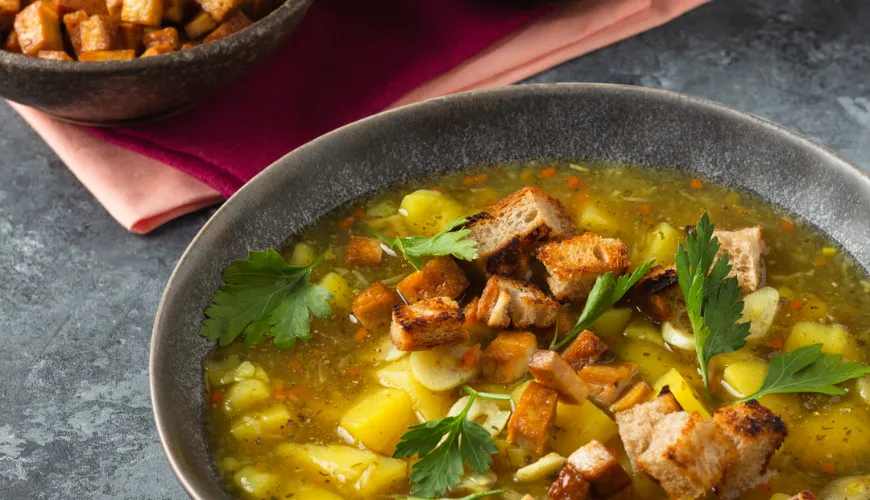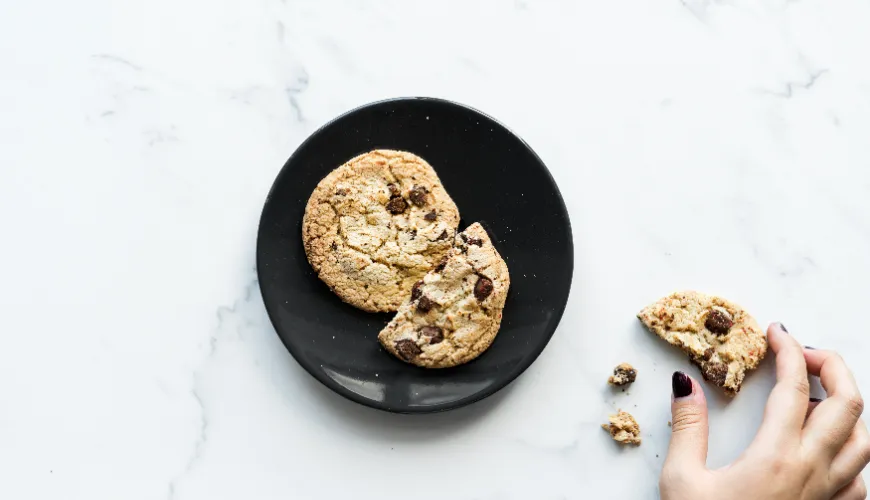
Explore traditional Czech spreads and their place at the table

Traditional Czech Spreads - A Taste of Home That Never Goes Out of Style
Savory, smooth, spicy, herbal, with quark or fish – traditional Czech spreads come in many forms and flavors, but they all share one common trait: they evoke a sense of home, memories of school snacks, festive treats at grandma's, or summer evenings at the cottage. In an era where we're returning to local ingredients and simple recipes without unnecessary preservatives, spreads are experiencing a small renaissance. And it's no wonder – they're filling, tasty, quick to prepare, and offer vast room for creativity.
Spreads as Part of Czech Cuisine
Czechs have a special relationship with spreads. They are staples on open-faced sandwiches, celebrated during birthdays, paired with pickles, and served on New Year's Eve or picnic blankets. In children's versions, mild variations with quark, ham, or butter reign supreme, while adults often reach for bolder combinations – garlic, fish, cheese, or spicy with chili peppers.
It's worth mentioning that every family has its own recipe, passed down from generation to generation. Even a simple egg spread can taste completely different depending on whether it includes mustard, mayonnaise, butter, or perhaps chives and curry powder. What makes spreads special is their adaptability and the personal touch of the cook.
Traditional Czech Spreads That Never Disappoint
Among the most popular and widespread classics are:
- Egg Spread – simple but excellent. Hard-boiled eggs, mayonnaise or yogurt, a bit of mustard, salt, pepper, and chopped chives. Ideal on bread or stuffed rolls.
- Tuna Spread – usually made from canned tuna, with butter, onion, and lemon juice. A quick and filling choice for unexpected guests.
- Garlic Spread – aromatic and bold, often made with quark or spreadable butter, complemented with pressed garlic and herbs.
- Cheese Spread – in variations with processed or hard cheese, sometimes complemented with nuts or red pepper. A strong flavor suitable even for vegetarians.
- Pork Rind Spread – the heart of the Czech countryside. Made from homemade pork rinds, onion, mustard, and sometimes eggs. Often served on fresh sourdough bread.
- Budapest Spread – paprika, cheese, and butter. Popular not only on appetizers but also on toast.
Each of these spreads has its place not only in households but also in Czech pubs and cafés, where they're often served as part of cold platters or starters.
Spreads in Modern Interpretation: Healthier Ingredients and New Flavors
With the growing interest in a healthier lifestyle and ecology, the way we view spreads is also changing. Ingredients like farm-fresh quark, organic vegetables, plant oils, or homemade sourdough bread replace cheap industrial versions. Instead of store-bought spreads filled with additives, many are returning to homemade production because they want to know exactly what they're eating.
There are also increasing options for vegans and people with intolerances. The classic egg spread can have an alternative made from tofu and black salt (which provides an eggy flavor), and the cheese spread can be prepared from cashews and nutritional yeast. Legume spreads, like those made from red lentils or chickpeas, are becoming regular parts of menus due to their nutritional value and satiety.
An interesting example is a family from South Bohemia who decided to reduce meat consumption and process more legumes. Their table began featuring spreads from roasted pumpkin, chickpeas, sweet potatoes, or red beets. The children love them as school snacks, and the parents appreciate that they're quick, tasty, and affordable.
"Spreads are the ideal compromise between taste and nutrition for us. We knew that if we gave the kids hummus with homemade bread, they'd eat it with joy, and meanwhile, they'd get the nutrients they need," says Mrs. Petra, a mother of two who strives to cook without unnecessary pre-made products.
How to Make Homemade Spread Without Unnecessary Chemicals
The foundation of every good spread is quality ingredients. If you decide to prepare, say, a quark spread, choose full-fat quark from verified sources – ideally from a farm or homemade production because it has a better taste and texture than regular quark from a supermarket chain. The same goes for butter, cheeses, eggs, and vegetables.
Equally important is the balance of flavors. Salty, sour, spicy – each element should have its place. For example, lemon juice suits tuna spread for freshness, while a drop of white wine or mustard is perfect for sharpness in cheese spread.
And don't forget about herbs and spices – chives, dill, fresh basil, wild garlic, pepper, cumin, or sweet paprika. Even a small detail can change the whole character of a spread.
Spreads as Part of Sustainable Eating
In a time when interest in zero waste and sustainable lifestyles is growing, spreads represent a great way to use leftover food. Do you have a piece of roasted pumpkin, a bit of cheese, a few boiled potatoes, or some olives at home? Great foundation for a tasty spread.
Moreover, if you prepare the spread at home, you avoid plastic packaging that usually accompanies store-bought products. By utilizing leftovers that might otherwise end up in the trash, you're saving not only your wallet but also the planet.
An interesting aspect is also seasonality – in summer, you can use fresh tomatoes, peppers, zucchinis, or herbs; in autumn, pumpkins, red beets, apples, or nuts are suitable. In winter, quark, legumes, and spices give spreads a warming tone.
Spreads as a Bridge Between Generations
One of the most beautiful aspects of spreads is their ability to connect people. While grandma prepares pork rind spread according to her mother's recipe, the grandchildren are already spreading hummus or avocado variant on sourdough toast. Yet, everyone sits at the same table, sharing a common experience – something simple and tasty, made at home with love.
Spreads bridge differences between generations, between cities and countryside, between tradition and modern lifestyle. They are proof that even simple food can be full of stories, emotions, and memories. And therein lies their power – in simplicity, variability, and the ability to connect.
Whether you prefer classic garlic or experiment with sweet potato and tahini paste, remember: spreads are not just food. They are small rituals, the taste of home, and a reminder that the best is often the simplest.

